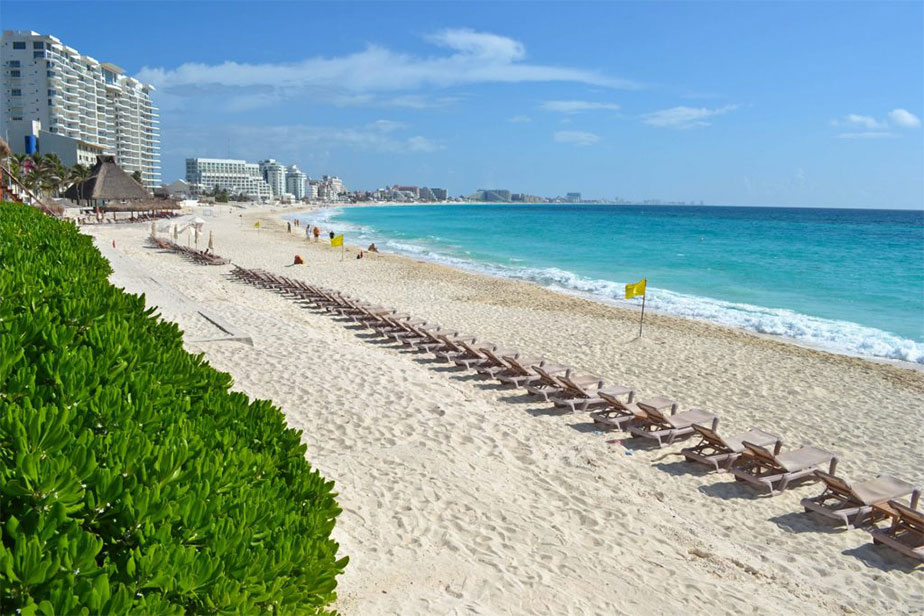- by foxnews
- 02 Feb 2025
Mexican tourists boosting tourism revenue and by digital payment methods, impacting on local economies: What you need to know?
Understanding the preferences and behaviours of Mexican tourists has become crucial for maximising tourism revenue.
- by travelandtourworld
- 02 Aug 2024
- in travel

Understanding the preferences and behaviours of Mexican tourists has become crucial for maximising tourism revenue.
Civitatis emphasises on the significant economic impact of Spanish-speaking tourists on local economies.
It also emphasizes on the immense potential for growth when Mexican travellers adopt digital payment methods.
It is the leading platform in online distribution of guided tours, activities, and excursions in Spanish language across 160 countries worldwide,
Spanish, the second most spoken native language globally, boasts 750 million speakers worldwide, making it the second most widely spoken native language globally, behind Mandarin and ahead of English.
Mexico leads the pack with 126 million native Spanish speakers. In 2023 alone, Mexico saw a staggering 46 million departures.
This underscores the immense influence of the Spanish-speaking market, particularly the Mexican segment, in global travel.
In May 2024, 5,360,549 Mexican residents travelled abroad, marking a 30% increase from May 2023.
On their side, Civitatis internal statistics reports a significant growth in the number of Mexicans travelling abroad, with an 85% increase in travellers from January to May 2024 compared to the same period in 2023.
This growth outpaces the national average and indicates a strong preference for European long-haul destinations such as Italy, Spain, France, and the United Kingdom over destinations like the United States or Colombia.
According to INEGI, Mexican travellers travelling abroad spent a total of $895.6 million, reflecting a 21.5% increase from the previous year.
The average expenditure per trip also saw an increase, with Mexican travellers spending an average of $167.08 per trip.
According to Civitatis, the average expenditure per activity and person has risen over 10% in 2024.
This increase underscores the growing economic impact of Mexican tourists on local economies in their preferred destinations.
By understanding their payment preferences and travel behaviours, businesses can better cater to this valuable market segment.
An analysis by Fiserv, a global fintech and payments company with solutions for banking, global commerce, merchant acquisition, billing and payments, and point-of-sale, highlights the importance of understanding payment preferences among Mexican tourists.
100% of Mexicans still prefer cash as their preferred payment method, with 47% using it for daily or low-value expenses, but they also widely use debit and credit cards (85% and 66%, respectively).
Digital payment methods, although currently less commonly used with only 34% preference, represent a significant growth opportunity due to their convenience and security.
As more Mexicans adopt digital payment methods, the potential for economic growth within the tourism sector increases significantly.
An omnichannel acceptance model for payment methods allows businesses to evolve and cater to the diverse needs of travelers.
As digital payment adoption increases, so does the potential for significant growth in tourism revenue.
- by foxnews
- descember 09, 2016
Disney reveals fate of closed Star Wars hotel
The building that was formerly home to the Star Wars: Galactic Starcruiser at Walt Disney World in Orlando, Florida will be repurposed, the company confirmed to local media earlier this week.
read more




